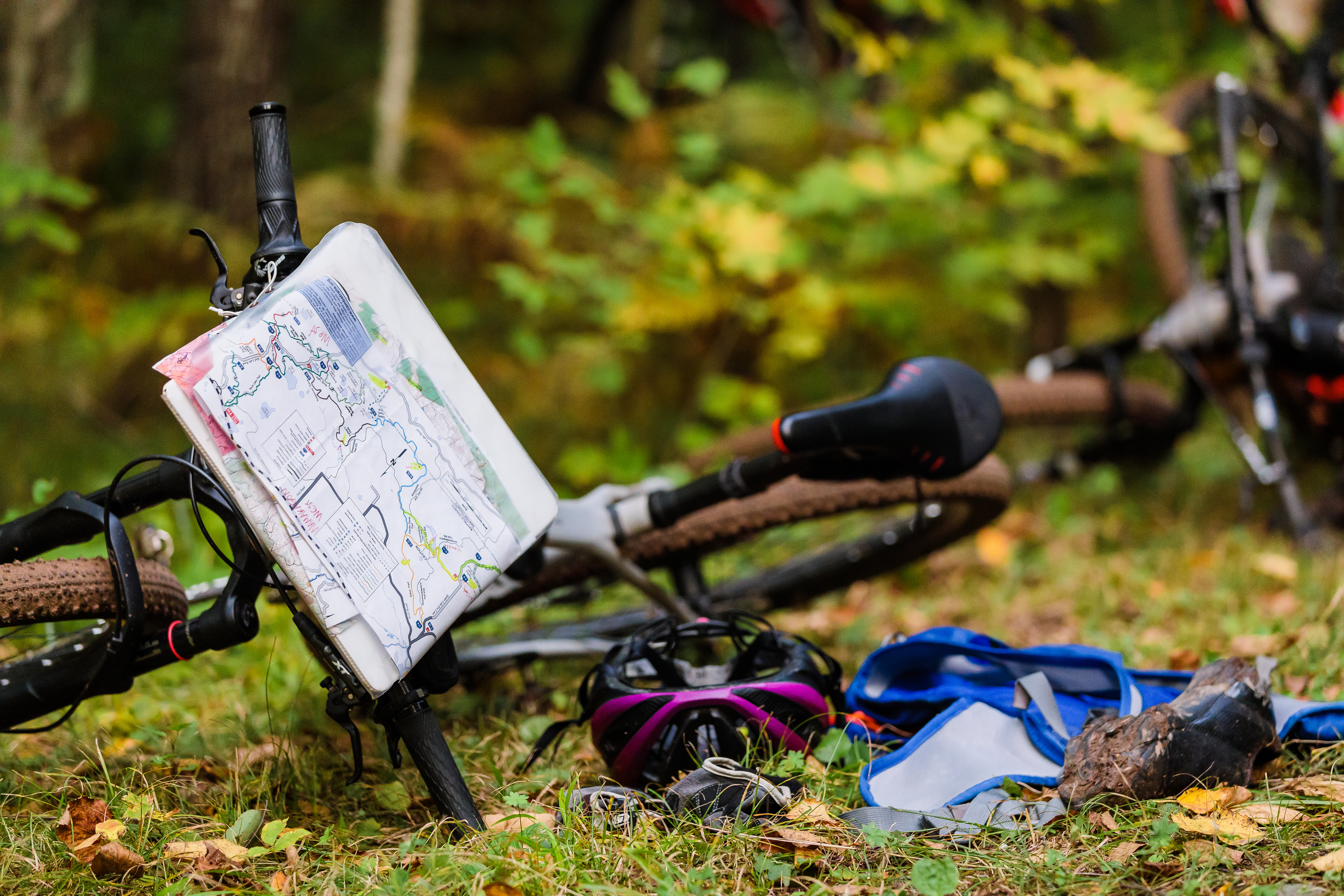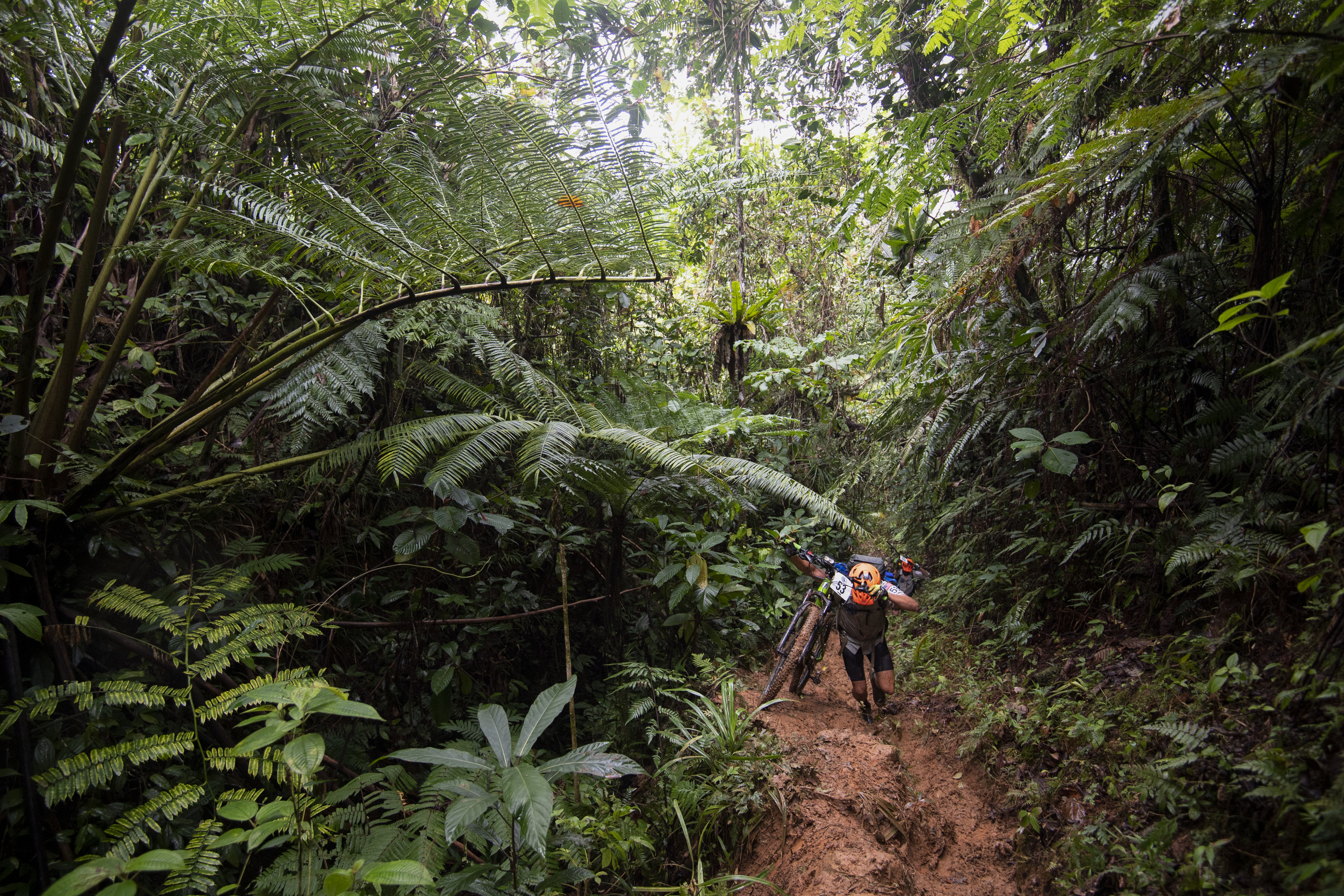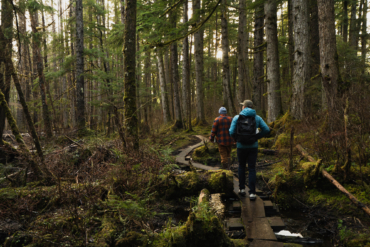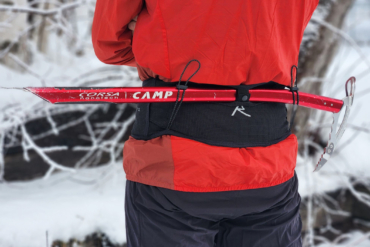So, you want to be an adventure racer? As you decide whether to jump into the crazy, inspiring, roller-coaster world of AR, keep this in mind: The hardest part is getting to the start line.
Editor’s note: This article was originally published on USARA.com and has been modified for GearJunkie.
As is true of any new endeavor, the biggest hurdle is getting started. And adventure racing (AR), as you may know, offers some unique challenges.
In addition to picking a race, new racers often want to acquire new skills, add to their gear closet (or start one from scratch), and coerce friends or strangers into joining them. Then, they must figure out how to train for an event that, even at its shortest, might be hours longer than any other event they’ve completed.
This basic list doesn’t address the endless details of adventure racing such as foot care, sleep deprivation, and nutrition. It can be daunting, overwhelming, and even downright terrifying.
The good news is that the AR community is one of the most welcoming groups of athletes out there. There are few, if any, sports that see new racers rubbing shoulders with the elite on the start line. The AR community is small and well-connected, and we’re always happy to talk gear, training, and experiences with new racers.
Here at GearJunkie, we have a long history of adventure racing. For example, Team Bend Racing came out on top in the Patagonian Expedition Race. The team, including GearJunkie founder Stephen Regenold, has competed in other adventure races before and since.
Oh, and GearJunkie is also the official media partner of the United States Adventure Racing Association (USARA). So it’s safe to say we know a thing or two about AR.
Read on for our advice (in partnership with the USARA) on how to dip your toe into the choppy waters of AR — complete with a list of reading and viewing material to study up on.

Set a Goal, Find a Race
First, there tend to be two primary types of rookie adventure racers. Some dive into the abyss and sign up for a multiday expedition race like those in the AR World Series. Others decide to start small, test the waters, and build up — whether the ultimate goal is a multiday event or mastering the 6-hour sprint.
There’s no right way to do it. But if you’re not an experienced endurance athlete with a well-established aerobic base and strong skillset in mountain biking, bushwhacking, paddling, and other wilderness skills, find a local sprint or half-day (12-hour) adventure race to determine whether AR is for you. It’ll be considerably more affordable, and the stakes are much lower if your teammates don’t work well together. All told, you’ll have a much higher chance of success (more on this later).
Where do you begin? You can find a calendar of sanctioned races on the USARA’s website. This calendar includes adventure races great and small, and it also lists AR-adjacent events like rogaines and other single-sport navigation-based events. These races tend to be foot-only events and can provide a taste of AR without the hassle of all the gear. And they usually have lower entry fees. Most importantly, they can introduce you to navigation-centric events.
Likewise, local orienteering meets (aka “o-meets”) can serve as a terrific portal for adventure racing. These groups host events periodically throughout the year. And some of the bigger clubs often organize courses on most weekends, spring to fall.
Usually only $5-10 to enter, o-meets offer a range of courses, from beginner to advanced. While the maps are different from those typically found in an adventure race, these meets often include hands-on instruction and offer terrific practice when it comes to basic and advanced navigation. Other than some snacks, water, and a positive attitude, all you need is a compass!
Ultimately, think about what feels right for you and then explore your local options. Many new racers find a 6-hour event to be daunting enough. Others feel ready for a whole day in the woods. And a few feel confident they can take on a 10-day expedition like the “world’s toughest race,” the Eco-Challenge. You know what feels doable for you.
Start Small, Find Teammates
While there are those in the adventure racing community who race solo, AR is, at its core, a team sport. To truly get the whole experience, try to build a team. Many new racers find this to be a challenge. You may think 6, 12, or 24 hours in the woods — without sleep and in the rain, heat, or snow, covered with mud and blood — sounds fun. But don’t be surprised when friends, family members, and colleagues laugh you off as mildly insane.
Again, this is where starting small can make breaking into the sport a bit more manageable. It’ll be a lot easier to convince your partner, childhood friend, or co-worker to join you for a 4- to 6-hour event than a 24-hour one.
Once you knock off that 6-hour sprint, the 12-hour will feel more manageable. After realizing that your body and mind can do more than you expected, going overnight won’t feel so daunting. Building this experiential memory with teammates will increase the chances that you find your place in the sport.
Ideally, it helps to race with people you know, trust, and with whom you have a good rapport. But it’s certainly possible that you won’t have any luck convincing your loved ones to join you. If you can’t build your dream team from within, look to the AR Teammate Finder on Facebook, or reach out to your local race director (RD) to see if they can help you team up with someone.
If you’re racing with strangers, try to meet up with them first. Perhaps go out for a training day or two. You won’t know for sure if you’ll work well together until you’re lost in the woods or dealing with a nasty bushwhack. But try to team up with people you trust and are compatible with when AR becomes more adventure than race.
Finally, remember that AR is also unique for being a mixed-gender sport. Few other sports join male and female competitors on the same team. We encourage you to embrace this aspect of the sport if the opportunity presents itself.

Set Expectations
Wander around the pre-race happenings of any established adventure race, and you’re bound to find the rookie team confidently predicting victory. I’m sure it’s happened somewhere, sometime. But we’ve never seen a rookie team atop the podium. And it’s rarely been close.
AR is a sport that uniquely favors skills and experience; those things vastly outweigh speed, power, and athleticism. Overconfident rookie teams often marvel at seasoned AR veterans. They wonder how the wily experts finish several hours ahead. How are the winners able to “clear the course” (complete the entire course as designed) while the less-experienced teams struggle to finish shorter, significantly modified courses? How are they so efficient with navigation, strategy, and transitions?
Well, while training and physical preparation are important components of the sport, other factors truly set the more successful teams apart. These include navigation ability, team chemistry, experience with sleep deprivation, strategy, and the knowledge and experience that comes with racing over and over again.
Unlike more traditional races like marathons or triathlons, adventure racecourses are different each year. They sometimes literally evolve during the race, as unexpected circumstances force RDs to adapt and modify section by section.
This means you must be able to adapt to rapidly evolving conditions, poor mapping data, unforeseen obstacles, and inter-team dynamics in both art and science. This skillset can only be developed and refined through racing with an established team — with whom you build a racing and adventure rapport.
So find your people and then set some expectations. Many of the most successful adventure racers started with modest goals: don’t finish last, finish midpack, or simply finish.
Once they started to build their experiential toolbox, find stable teammates, and fine-tune their skillsets, they began to set higher goals. Some of these are to finish in the top third, complete a full course, shoot for their divisional podium, and then, perhaps, shoot for the overall mixed-gender podium.
FYI: Despite what some new racers expect, the premier mixed teams are often the strongest teams at a given event, especially when events are 12 hours or longer.

Watch, Read, Learn
Research. Watch AR videos on YouTube, Vimeo, and Amazon Prime. Even if you aren’t competing in an expedition race anytime soon, watching films of these events can provide valuable insight into how adventure races work, what sort of gear people invest in, and how team dynamics can shape a team’s experience. SleepMonsters also provides international coverage of adventure races and other related sports that hosts invaluable information as you start your journey.
More valuable for shorter events is the near-ubiquitous “race report.” Many adventure racers write them, blogging about their experiences, sometimes in checkpoint-by-checkpoint detail. Others log their adventures on training platforms such as Attackpoint AR (make sure you’re on the AR branch of AP rather than the orienteering site).
The Adventure Racing Cooperative (ARC) has built an impressive collection of these accounts, so you might be able to find a report from the last edition of the race you’ve circled on your calendar. If you can’t find a report there, try Googling reports from that event. Or, alternatively, read accounts of other races with similar lengths, difficulties, styles, and terrain.
There are also a handful of good books about adventure racing that’ll help you get started. Some are more relevant than others for the first-time racer, but they all inspire.
Here’s a selection of AR-specific books:
- “Adventure Racing” by Jacques Marais
- “Runner’s World Guide to Adventure Racing: How to Become a Successful Racer and Adventure Athlete” by Ian Adamson
- “Adventure Racing: The Ultimate Guide” by Barry Siff
- “Squiggly Lines: Map and Compass Navigation for Adventure Racers and Rogainers” by Mark Lattanzi
- “The Thrill of Victory, The Agony of My Feet: Tales from the World of Adventure Racing” by Neal Jamison, Maureen Moslow-Benway, and Nic Stover
Finally, reach out to your local RD with questions, or post on discussion groups like those hosted on Facebook or Attackpoint AR. Odds are good that someone reading your post will have done the race and will gladly volunteer to chat.
Once you’ve watched what there is to watch, read through various race reports, and Googled your heart out, you’ll probably still have questions. And you might still spend a sleepless night before race day nervous, excited, scared, or some combination of it all.
But you’ll be as ready as any new adventure racer ever is to toe the line on race day. And our experience suggests you’ll already be hooked!
This article is sponsored by Toyota. Find out more about the 2022 Toyota Tundra online.











